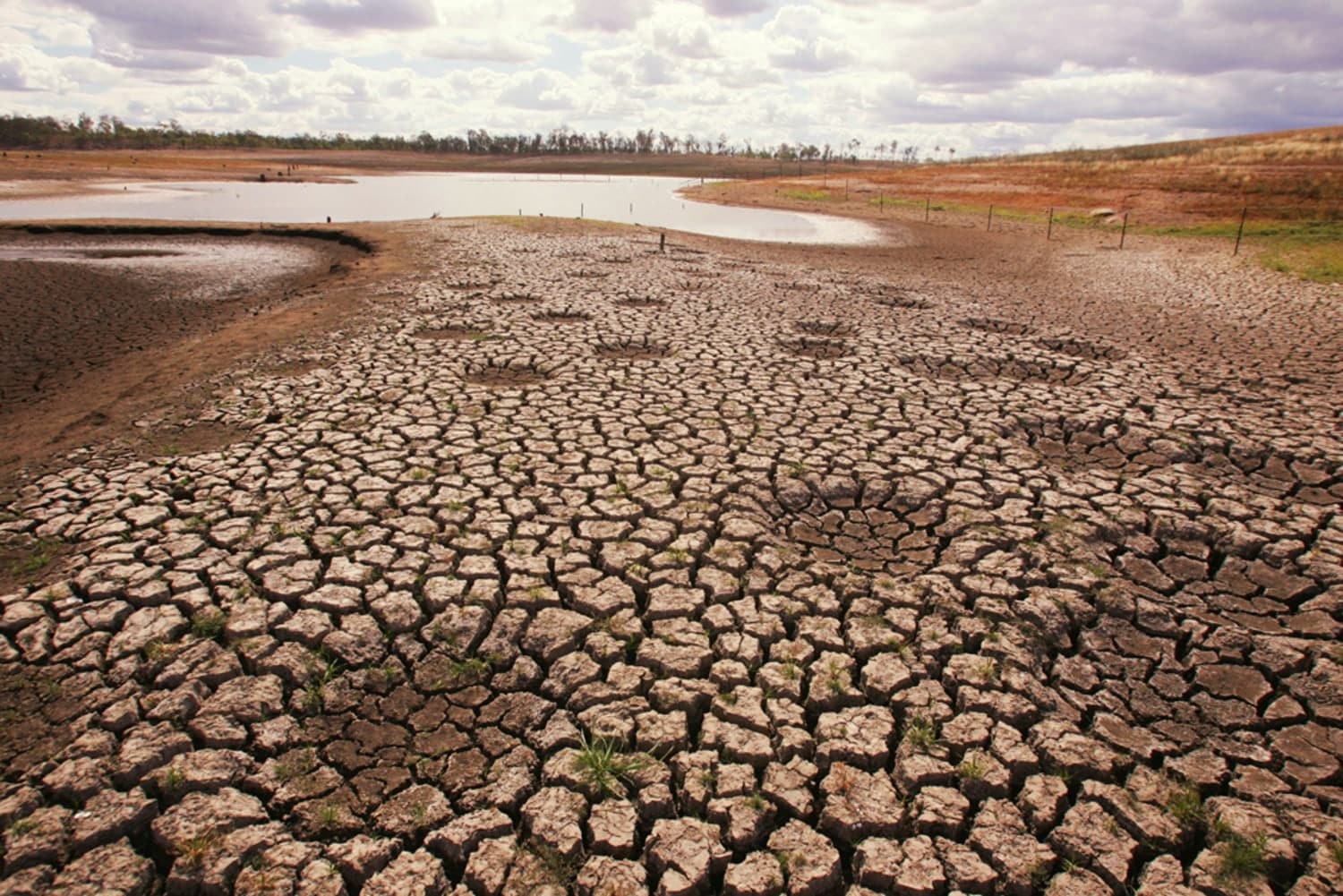Water scarcity in Australia is no longer a distant threat—it is a present-day crisis shaping the lives of millions and challenging the very systems that support agriculture, urban growth, and natural ecosystems. Across the continent, from the arid heart of the Outback to the bustling coasts of Sydney and Perth, Australia is reckoning with one of the harshest water realities in the developed world. With temperatures rising and rainfall patterns becoming increasingly erratic, the need for robust, multi-layered water management strategies has never been more urgent. As highlighted by the Bureau of Meteorology, Australia’s average temperature has risen by 1.47°C since 1910—an escalation that has intensified evaporation and depleted freshwater reserves.
This environmental shift has rippling effects, particularly on the nation’s river systems and agricultural zones. The Murray-Darling Basin Authority notes that winter rainfall in southern Australia has declined by 20% since the 1970s, stressing already vulnerable farmlands. In parallel, cities are swelling—urban centers like Melbourne and Brisbane are expanding rapidly, increasing pressure on municipal water systems. According to Urban Utilities, water demand is projected to double in some metropolitan areas over the next two decades. To manage this, cities have turned to modern technology such as smart meters and aquifer recharge systems—solutions supported and tracked by institutions like CSIRO.
But water scarcity in Australia isn’t only a technological problem—it’s deeply political and cultural as well. Indigenous communities, who have sustainably managed water for millennia, are now being invited to share traditional wisdom. Organizations like AIATSIS are advocating for the integration of Indigenous knowledge in national water policy. Meanwhile, state and federal governments are pushing massive investments, such as the $13 billion Murray-Darling Basin Plan, to rebalance water use between the environment, agriculture, and towns.
Agriculture remains a major consumer, using up about 70% of Australia’s water, largely in the form of irrigation for cotton and rice. According to National Farmers’ Federation, reductions in water allocations during drought years can push farmers to the brink of collapse. As climate pressures mount, farmers are seeking drought-tolerant crops and precision irrigation systems. These efforts are supported by the $5 billion Future Drought Fund, which helps transition rural communities toward resilience.
Urban centers aren’t spared either. In 2019, Sydney’s dam levels dropped below 45%, prompting the activation of the city’s $130 million desalination plant. In Perth, Water Corporation has led the way with innovative stormwater capture and wastewater recycling programs, which now supplement more than 40% of the city’s drinking water.
Community engagement has also become essential. Programs like Waterwatch Australia and Clean Up Australia empower citizens to take part in preserving freshwater ecosystems, monitoring pollution, and educating the public on sustainable usage.
Ultimately, tackling this challenge demands a unified approach—from scientists and policymakers to farmers, Indigenous custodians, and everyday citizens. The future of Australia’s water security depends on recognizing the scale of the crisis and acting collectively with urgency, innovation, and respect for both natural systems and cultural heritage.
Climate Challenges and the Drying Heart of Australia
Rising Temperatures Intensify Drought Conditions
Australia’s average temperature has increased by 1.47°C since 1910, according to the Bureau of Meteorology. This warming intensifies evaporation rates, reducing water availability and heightening drought risks. Regions like the Murray-Darling Basin now experience longer dry periods, directly contributing to water scarcity in Australia.
Irregular Rainfall and Climate Extremes
Rainfall patterns have become more erratic. In southern Australia, average winter rainfall has declined by 20% since 1970. Simultaneously, extreme rainfall events cause floods, but do little to replenish long-term water stores. These inconsistencies exacerbate the impact of water scarcity in Australia.
Diminishing River Systems and Lakes
Key river systems such as the Darling River often cease to flow in dry seasons. In 2019, satellite data revealed a 90% drop in water surface area in parts of central Australia, severely affecting ecosystems and rural communities dependent on these water bodies.
Bushfires and Their Aftermath on Water Quality
The 2019–2020 Black Summer fires burned over 24 million hectares. After the fires, ash and sediment runoff polluted rivers, reducing water quality and usability. This secondary impact of climate change worsens Australia’s already strained freshwater resources.
Government and Scientific Forecasts
The CSIRO warns that water inflows into major dams could decline by up to 40% by 2050 if greenhouse gas emissions continue at current levels. The long-term projections indicate that climate-driven changes will play a central role in amplifying water scarcity in Australia.
Agriculture under Pressure: Water Demands and Dwindling Supplies
Irrigation: A Heavy Consumer of Water Resources
Agriculture accounts for approximately 70% of Australia’s total water use. In regions like the Murray-Darling Basin, irrigated crops such as cotton and rice require immense water inputs, contributing heavily to water scarcity in Australia.
Reduced Allocations Impact Farm Viability
During the Millennium Drought (1997–2009), water allocations for farmers were slashed by up to 80%, leading to significant financial losses. In 2020, similar reductions affected farmers in northern Victoria, forcing some to abandon high-water crops entirely.
Groundwater Extraction and Overuse
Over 30% of agricultural water in Australia comes from groundwater. However, over-extraction in areas like the Great Artesian Basin has led to declining water tables, threatening long-term sustainability and exacerbating water scarcity in Australia.
Crop Adaptation and Innovation
Farmers are turning to drought-resistant crops like sorghum and using moisture-retentive technologies. While effective, these methods are costly and not yet widely adopted. Government programs like the $5 billion Future Drought Fund aim to support these transitions.
Agri-Policy and Economic Trade-offs
Government water buyback schemes have attempted to balance environmental flows and farming needs, but remain controversial. While $2.5 billion has been spent on buybacks since 2008, many farmers argue the compensation isn’t enough to cover economic losses caused by water scarcity.
Urban Thirst: How Cities Are Coping with Scarcity
Population Growth Fuels Urban Demand
With Australia’s urban population expected to reach 30 million by 2033, cities like Sydney, Melbourne, and Perth face rising domestic and industrial water demand. Urban consumption now makes up 20% of national water use, placing strain on dwindling supplies and contributing to water scarcity in Australia.
Dam Levels and Crisis Management
In 2019, Sydney’s dam levels dropped below 45%, prompting strict water restrictions. The desalination plant, which costs $130 million annually to operate, was activated to supply up to 15% of the city’s needs. These emergency measures highlight the urban response to water scarcity in Australia.
Smart Water Meters and Consumer Awareness
Programs in cities like Adelaide have introduced smart water meters, reducing residential use by up to 25%. Educational campaigns and tiered pricing also aim to reduce excessive consumption, helping urban residents play their part.
Stormwater Harvesting and Reuse
Perth leads the nation in stormwater harvesting, with over 150 managed aquifer recharge schemes. These systems help recycle urban runoff, reducing dependence on rain-fed dams and boosting water security amid ongoing shortages.
Recycling and Greywater Systems
Melbourne’s wastewater recycling initiatives now process over 150 billion litres annually. Greywater systems are being installed in new housing developments to reuse water for landscaping and toilet flushing, easing pressure on freshwater resources in metropolitan areas.
Innovative Solutions and Indigenous Wisdom for a Water-Stressed Future
Desalination Technologies Expand Capacity
Australia now operates six major desalination plants, with Sydney and Melbourne alone capable of producing 250 billion litres of water per year. Although expensive—costing up to $2.50 per 1,000 litres—desalination provides a drought-proof water source to combat water scarcity in Australia.
Remote Sensing and Water Management Tools
Technologies like satellite imaging and AI-based forecasting allow authorities to track water levels in real-time. CSIRO’s AquaWatch system uses machine learning to monitor water quality across rivers, lakes, and reservoirs, improving crisis response and long-term planning.
Indigenous Practices and Ecological Stewardship
Aboriginal communities have managed water sustainably for tens of thousands of years. Practices such as “cultural burns” and waterhole protection respect natural cycles and promote biodiversity. Today, partnerships between Indigenous groups and land managers are gaining traction in preserving water resources.
Policy Innovation and Basin Plans
The Murray-Darling Basin Plan, with a $13 billion investment, is designed to return 3,200 gigalitres of water to the environment by 2027. While contentious, it reflects a coordinated effort to balance agriculture, ecology, and urban demands.
Community-Led Conservation Projects
Grassroots efforts such as “Water Watchers” in Queensland and the “Save Our Rivers” campaigns in New South Wales involve citizen scientists monitoring water quality and usage. These bottom-up movements contribute to national efforts to mitigate water scarcity in Australia.




